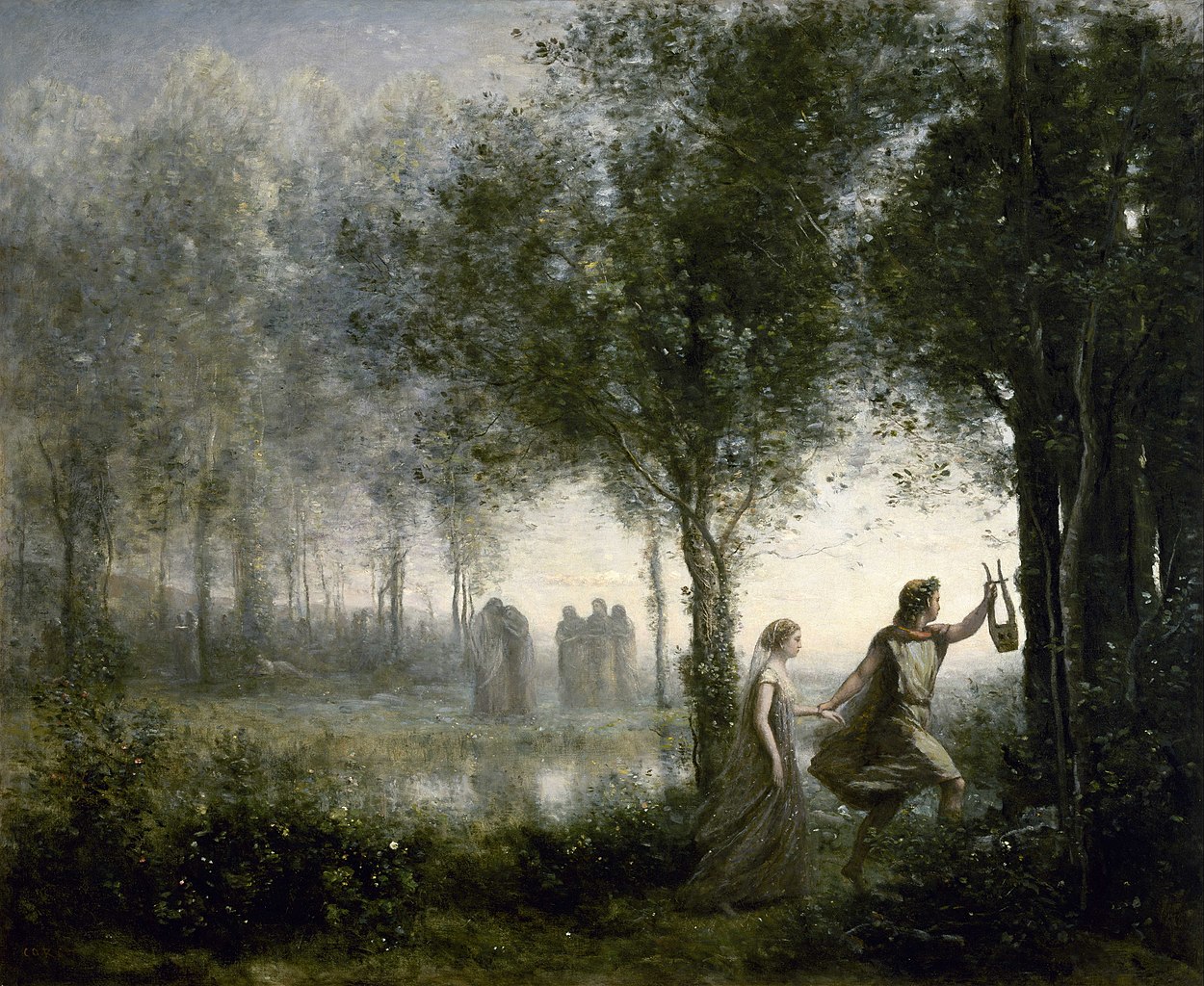Paul Gauguin, Vision After the Sermon, 1888
BY MADELINE VASQUEZ
In a world of art, there are various styles that define a painter and their methods. Some works of art are defined and crisp while others are soft and blurred. The creation of synthetism was the beginning of fleeing from Impressionist art, and moving into a movement that focussed on thought, idea, and feeling through two-dimensional flat patterns, black outlines, and simple color. The leader of Synthetism, Paul Gauguin, said, “I shut my eyes in order to see.” This goes perfect with the whole concept of synthetism because the artists within this school relied on memory for their beautiful pieces.
Gauguin established a style that changed European society. He traveled to places such as Pont-Aven, Brittany, and Tahiti to find a different source of inspiration. He was greatly captivated by natives and their culture and would take religious figures and put natives in their place to create a whole new view on things. His love for Tahiti showed through the majority of his paintings and sculptures and eventually became involved with a thirteen year old Tahitian girl who modeled for many of his works. Along with Paul Gauguin, Emilé Bernard and Louis Anquetin were two important artists involved in the school.
When looking at art within Synthetism, the first thing that draws your attention is distortion of image, line and color. The figures faces are usually blurred and the background seems painted softly, almost cloud-like. Around most object, there is a black outline. It’s funny because Mrs. Hilvitz always says how she does not want to see the contour of our work, yet this style embraced outlines.
Visions After The Sermon, by Paul Gauguin, displays Breton women in ceremonial headdresses, gazing up Jacob and the Angel fighting in the distance. The first thing that draws your attention is distortion of image, line and color. The figures faces are usually blurred and the background seems painted softly, almost cloud-like. Around most objects, there is a black outline. It’s funny because Mrs. Hilvitz always says how she does not want to see the contour of our work, yet this style embraced outlines. Color does not have dimension or highlight usually. It is mostly flat colors throughout the whole piece. His use of red, blacks, whites, and yellows, made every aspect stand out. This painting is one of Gauguin’s most famous and represents the battle between good and evil and unraveling the way of life.



















